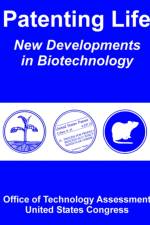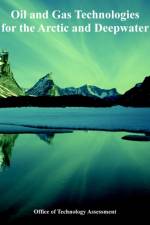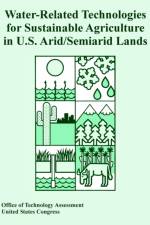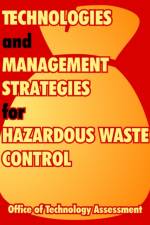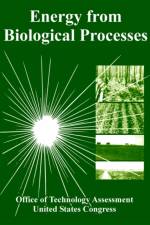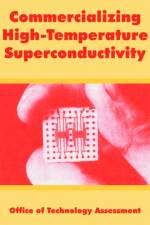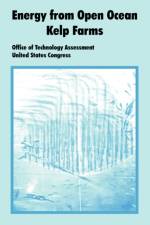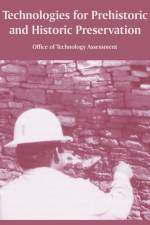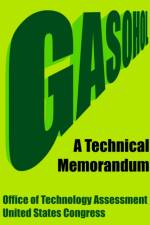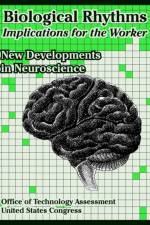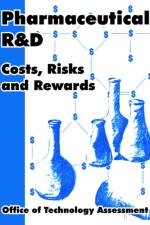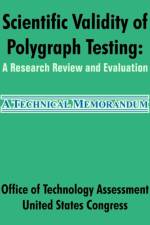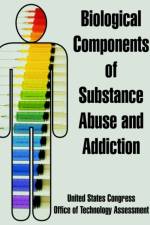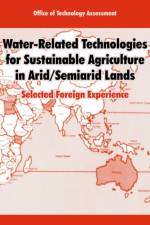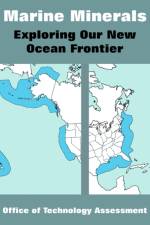- Exploring Our New Ocean Frontier
av Office of Technology Assessment
509
Throughout history, man has been fascinated by the mysteries that lay hidden below the ocean surface. Jules Verne, the 19th century novelist, author of 20,000 Leagues Under the Sea, captured the imagination and curiosity of the public with his fictional -but nonetheless farsighted- accounts of undersea exploration and adventure. Since his classic portrayal of life beneath the ocean, technology has enabled us to bridge the gap between Jules Verne's fiction and the realities that are found in ocean space. Although the technological triumphs in ocean exploration are phenomenal, the extent of our current knowledge about the resources that lie in the seabed is very limited. In 1983, the United States asserted control over the ocean resources within a 200- nautical mile band off its coast, as did a large number of other maritime countries. Within this so-called Exclusive Economic Zone (EEZ) is a vast area of seabed that might contain significant amounts of minerals. It is truly the Nation's "New Frontier." This report on exploring the EEZ for its mineral potential is in response to a joint request from the House Committee on Merchant Marine and Fisheries and the House Committee on Science, Space, and Technology. It examines the current knowledge about the hard mineral resources within the EEZ, explores the economic and security potential of seabed resources, assesses the technologies available to both explore for and mine those resources, identifies issues that face the Congress and the executive branch, and finally presents options to the Congress for dealing with these issues. Substantial assistance was received from many organizations and individuals in the course of this study. We would like to express special thanks to the OTA advisory panel; the numerous participants in our workshops; the project's contractors and consultants for contributing their special expertise; the staffs of the executive agencies that gave selflessly of their knowledge and counsel; the many reviewers who kept us intellectually honest and factually accurate; and our sister congressional agency, the Congressional Research Service, for making available its expertise in seabed minerals. OTA, however, remains solely responsible for the contents of this Report. JOHN H. GIBBONS Director, Office of Technology Assessment

